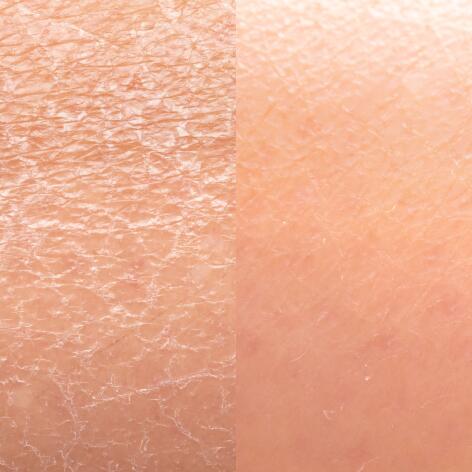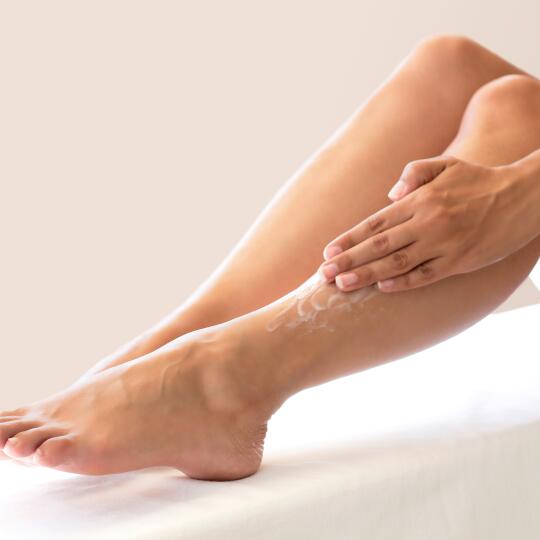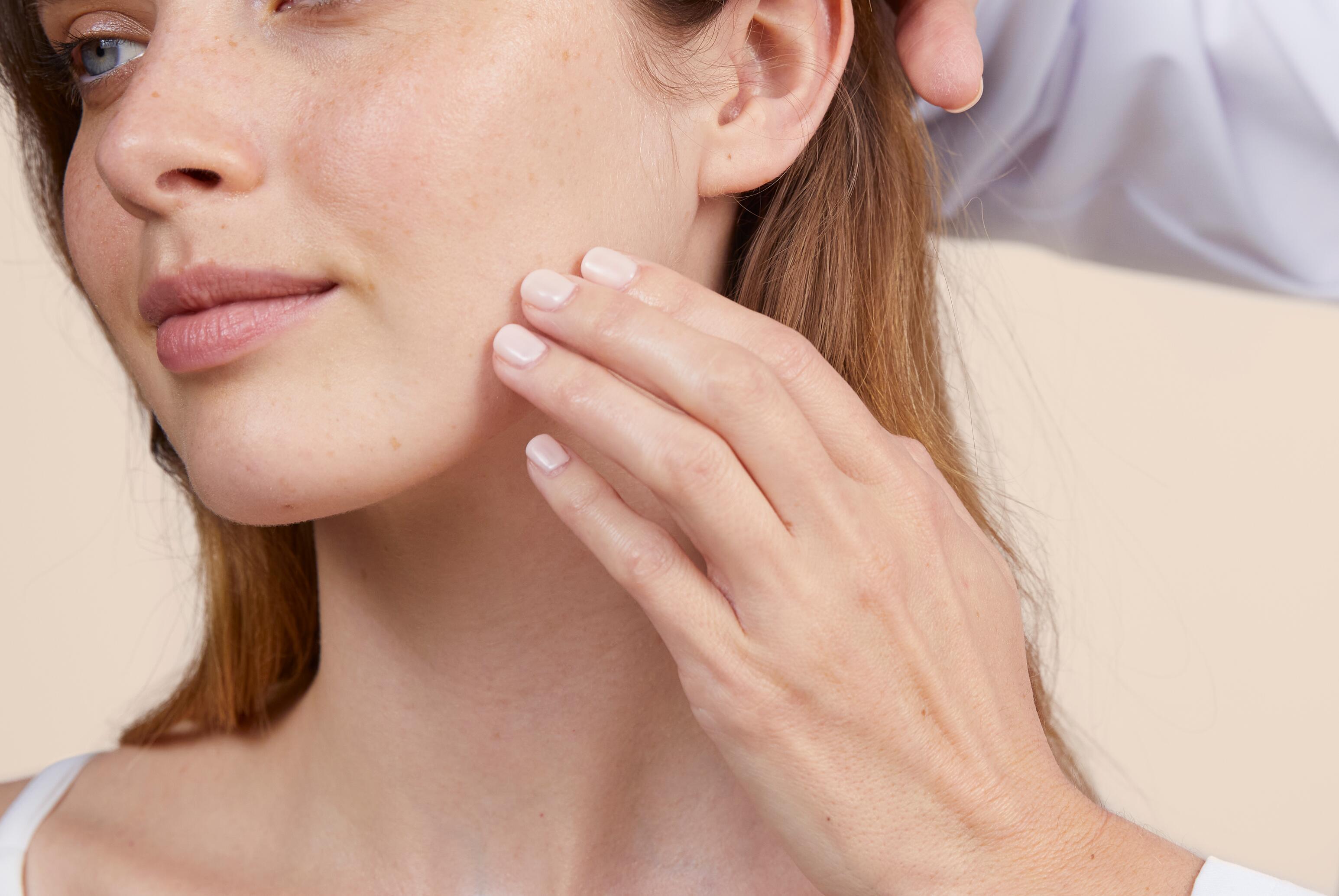What are the signs of dry skin?
“I have dry skin!" Who hasn't said that? Perhaps wrongly so. Because skin dryness covers very specific signs that should not be confused with simple temporary dehydration. What are these characteristics and how do they manifest themselves? We'll help you make sense of it.

Signs of dry skin
Dry skin is more fragile and delicate. Some of the clinical signs can be seen in the naked eye. Dry skin is often thinner. The grain is very tight and pores are invisible. On top of that, the skin doesn’t look shiny and make-up stays on quite well. As you can see, this is the opposite of oily skin.
Dryness may also be synonymous with loss of elasticity, suppleness, and softness.
In more severe cases, the skin may also peel: this is the famous crocodile skin!
I'm afraid that my dry skin will mark quickly because I already have fine lines around my eyes and I'm only 30.

Does it hurt? Is it itching? How does dry skin occur?
Dry skin is noticeable! Although all parts of the body can be affected, the face, legs and elbows are the most affected.
If this applies to you, you will know that uncomfortable, tight, tingling or even burning feeling when you get out of the shower, which can last all day. You can feel it, this crocodile skin is rougher to the touch.
This dryness is also seen: it can be peeling and there is redness. Especially in the winter, which increases the appearance of scabs. Not to mention that, due to the loss of elasticity, your complexion may appear duller with the early appearance of fine lines and wrinkles.
Learn more about dehydrated skin
The “mechanism” of dry skin
Double deficit: lipids + water
A lack of fat in the body
Dry oily skin is intimately linked to the dysfunction of oil glands. Less sebum means a lack of oil in the stratum corneum. The hydrolipidic film on the surface of the skin no longer plays its role as natural protection, especially against external aggressors
Lack of water
A lipid barrier that no longer does its protective job has another defect: it struggles to slow down the evaporation of the water contained in the skin. Which gradually loses its suppleness.
FRIENDLY (AND EXPERT) ADVICE
Combat external aggressors
If certain factors such as age or hormonal variations favour skin dryness, others, linked to your lifestyle, are well identified: hydrate yourself by drinking 1.5 litres of water every day; protect yourself from the cold; apply sun protection if you expose yourself to the sun; avoid excessively dry atmospheres; limit irritating rubbing with flannels, towels or make-up remover cotton pads, as far as possible, avoid applying perfumes directly to the skin...
And avoid anything that could dry out your skin: soaps that are too harsh, showers or baths with water that is too hot...
The right way to care for your dry skin
The good news is that even if it is a permanent condition, it is still possible to take care of dry skin by adjusting your daily routine. Your mission: first, restore the barrier function of the epidermis with an emollient. Next, you’ll need to protect your skin with adapted products: using a gentle cleanser and a nourishing and hydrating moisturizer to prevent dryness and tightness.

Our solution to relieve dry or dehydrated skin
Eau Thermale Avène skincare products designed to make you feel good in your skin
- RICH Revitalizing nourishing cream
Les Essentiels
RICH Revitalizing nourishing creamNourishes - Soothes - Protects
NEWSLETTER
We're always here for your skin!
All our tips on how to take care of your skin every day.

Which skin care routine should you adopt?
Identify what it really needs with the help of our experts and discover the most suitable skin care routine for you.

